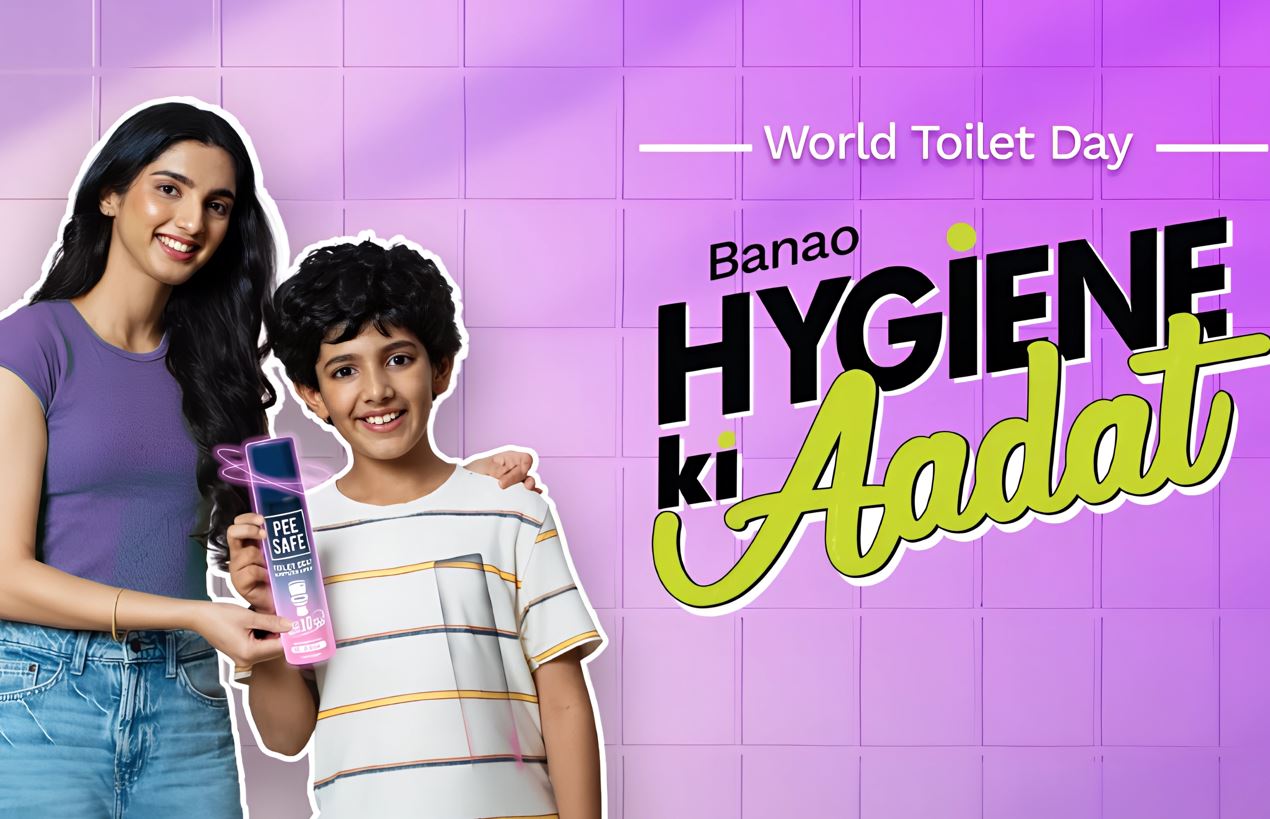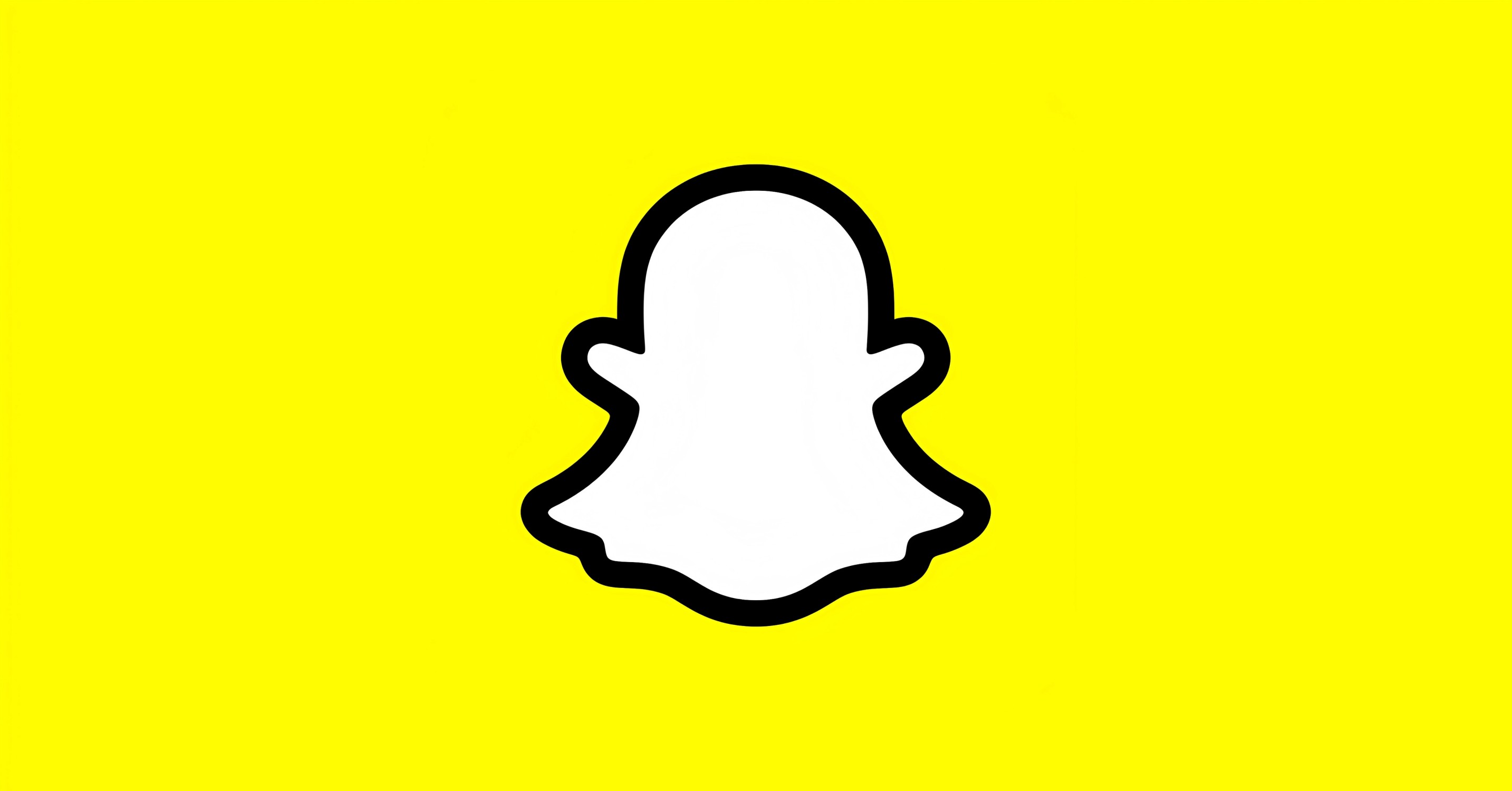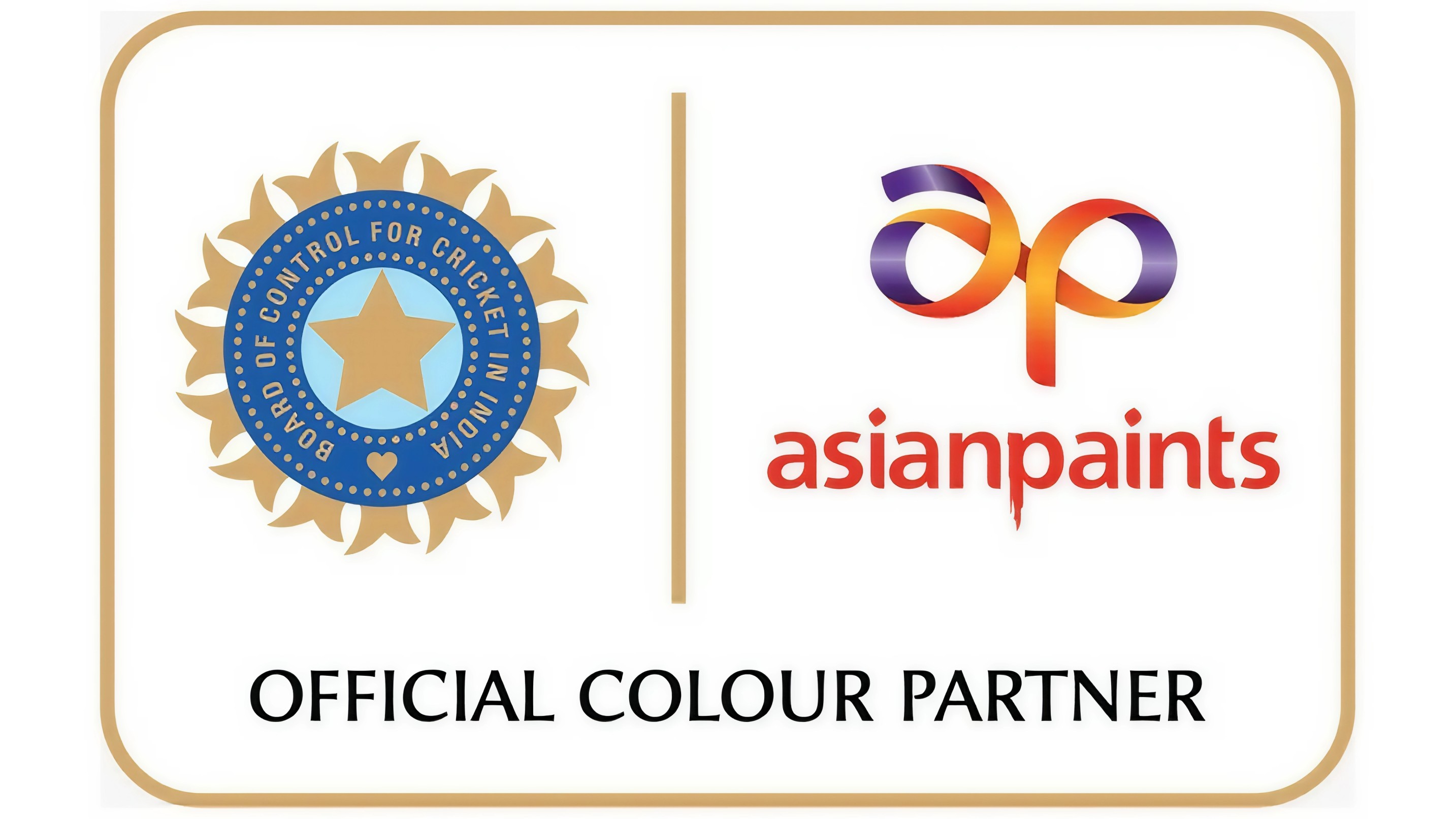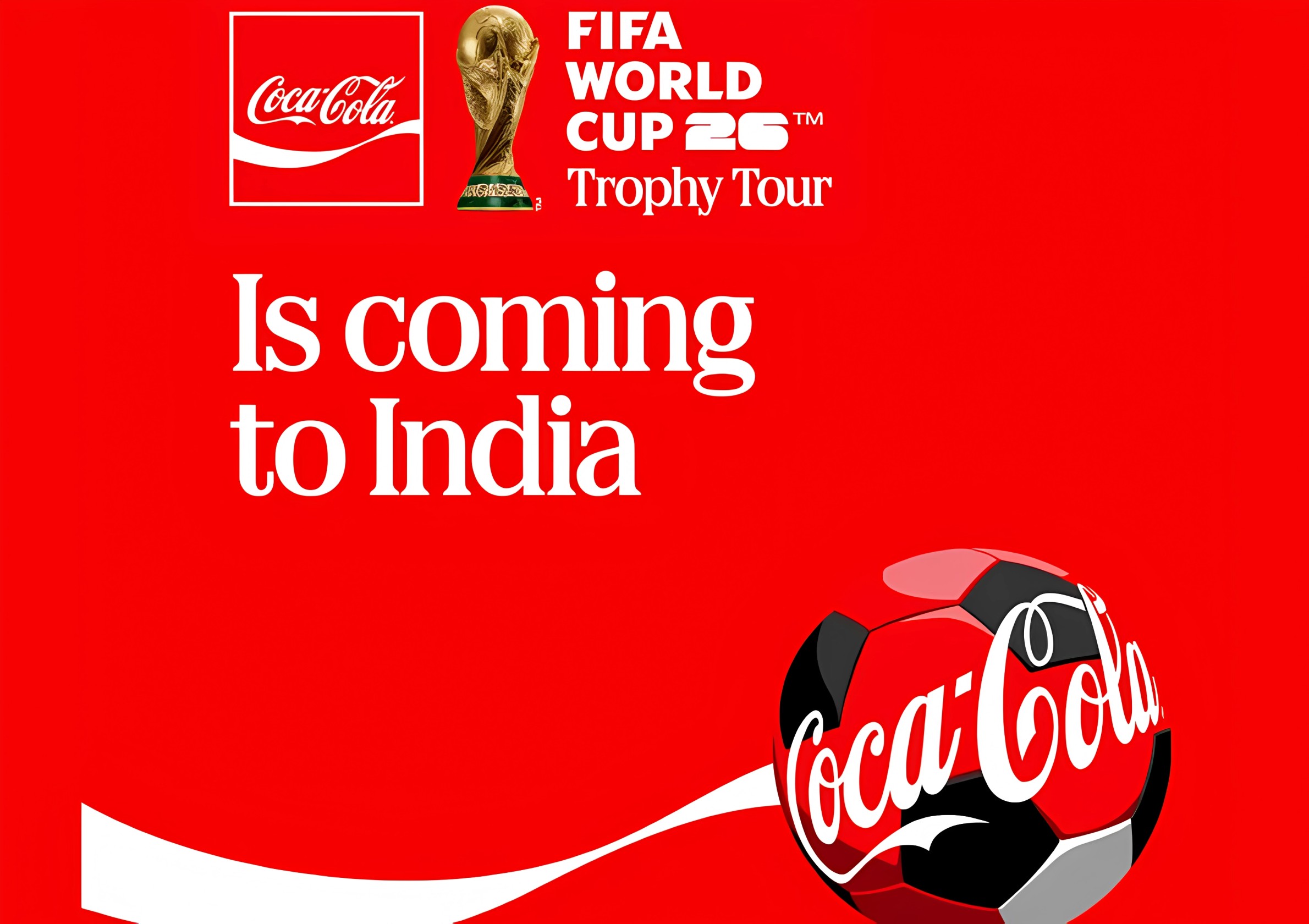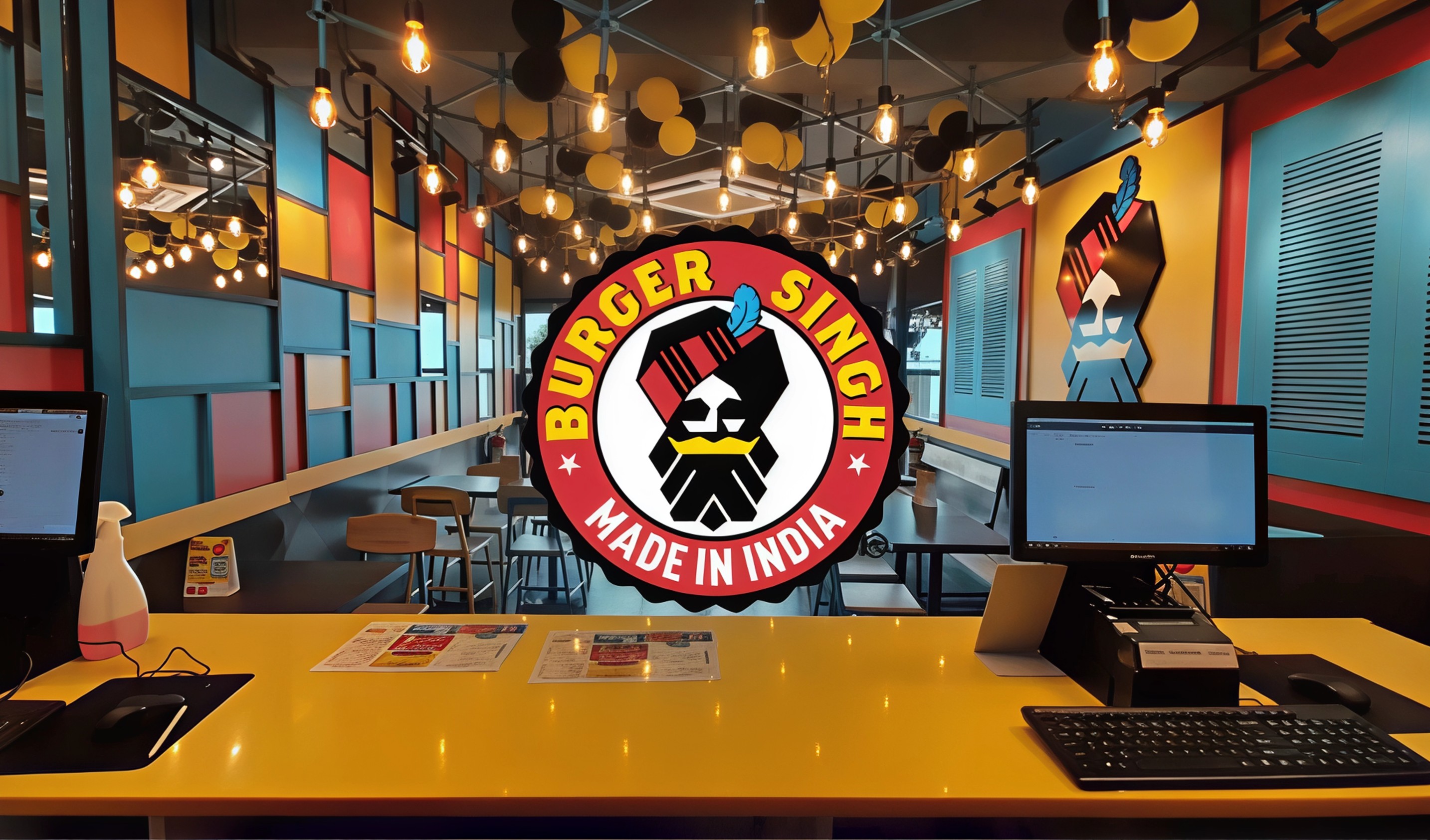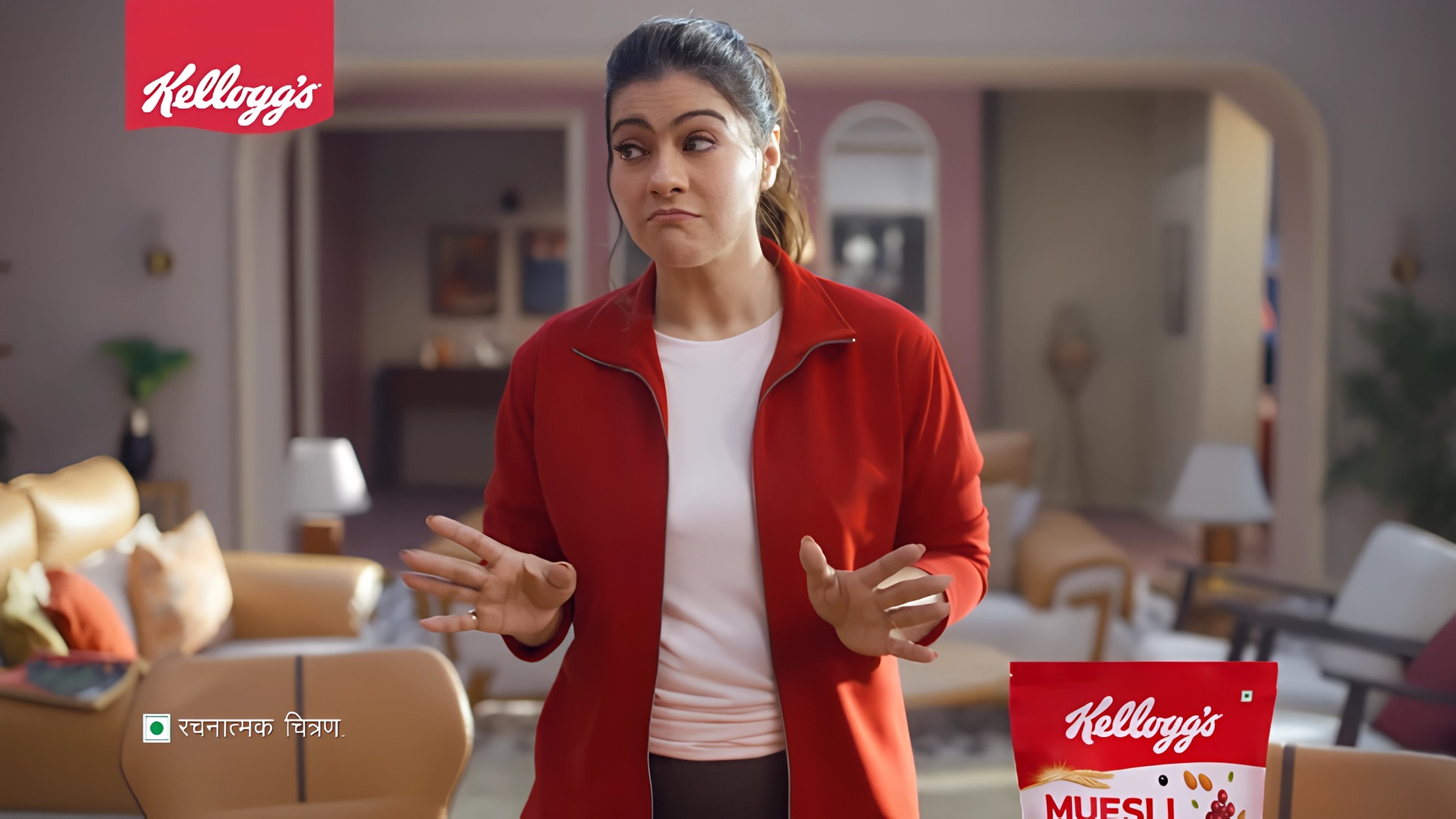Public toilets that look spotless at a glance can still hide germs on every high touch surface. That uncomfortable truth sits at the heart of Pee Safe latest awareness effort, which shifts the focus from online messaging to real world demonstration. Through the Pee Safe World Toilet Day campaign, the hygiene brand is trying to embed a simple ritual into everyday behaviour in shared washrooms.
World Toilet Day offered a natural anchor for the initiative, but the brand chose to go beyond symbolic communication. While the digital film Clean is not sanitised set the context, this year emphasis moved firmly to offline interactions across corporate offices, campuses, petrol pumps and rest stops.
How does the Pee Safe World Toilet Day campaign work
The campaign is built around a tongue twister style reminder Spray Sit Flush Spray. The line serves as a behavioural cue, urging people to spray the toilet seat before use, sit, flush and then spray again to tackle the invisible residue that remains.
This message appears across posters, rule cards and live demonstrations at multiple locations. Brand teams use these touchpoints to explain that visible cleanliness is not the same as proper sanitisation, especially in shared restrooms where many people cycle through the space in a short time.
ADVERTISEMENT
Corporate activations include distribution of Toilet Seat Sanitiser bottles to offices, coupled with sessions that walk employees through how and why to use them. The aim is to make hygiene feel practical and repeatable rather than abstract.
What should people know about toilet hygiene in public spaces
The offline focus recognises that many people are still unsure how to protect themselves in public washrooms without resorting to avoidance or extreme measures. By placing products directly in people hands and demonstrating simple steps, Pee Safe is trying to close the gap between awareness and action.
Key messages highlighted in the campaign include
-
Clean tiles and mirrors do not guarantee sanitised seats and fixtures
-
High touch points such as door handles, faucets and flush buttons can carry germs
-
A quick spray routine can reduce anxiety and encourage better hydration
The brand links hygiene to comfort, pointing out that people often drink less water on the go to avoid using public toilets.
On ground experiences from offices to highways
Beyond offices, the campaign extends to petrol pumps and highway rest stops. Women travellers are given Toilet Seat Sanitiser sprays and guided on how to use them, with the goal of making them feel safer using public facilities while in transit.
ADVERTISEMENT
A large pickleball event doubles as one of the key demonstration venues. Here, a UV lit installation shows the presence of germs on toilet surfaces that may look clean in normal light. Attendees also see the toilet sneeze effect during flushing, which visually illustrates how particles spread in the air. Brand representatives then advise on sanitising key high touch points as part of a complete routine.
To reinforce the message that people should not restrict water intake out of fear, the brand distributes Drink Freely water bottles, tying hydration and hygiene together.
How is Pee Safe engaging younger users
The Pee Safe World Toilet Day campaign also reaches management and engineering campuses, including institutes such as MDI and BITS Pilani. Interactive sessions on these campuses are designed to build long term hygiene habits among students who often rely on shared hostel and campus restrooms.
By targeting young adults, Pee Safe is hoping to normalise sanitisation rituals early, so they become second nature as this audience moves into workplaces and travels more frequently.
By taking its message out of screens and into washrooms, offices, events and campuses, the Pee Safe World Toilet Day campaign turns a simple four word mantra into a practical tool, showing people that real toilet hygiene comes from small, repeatable actions rather than just clean looking surfaces.
ADVERTISEMENT
Follow Marketing Moves on Instagram and Facebook for industry insights, strategy breakdowns, and brand transformation stories.

